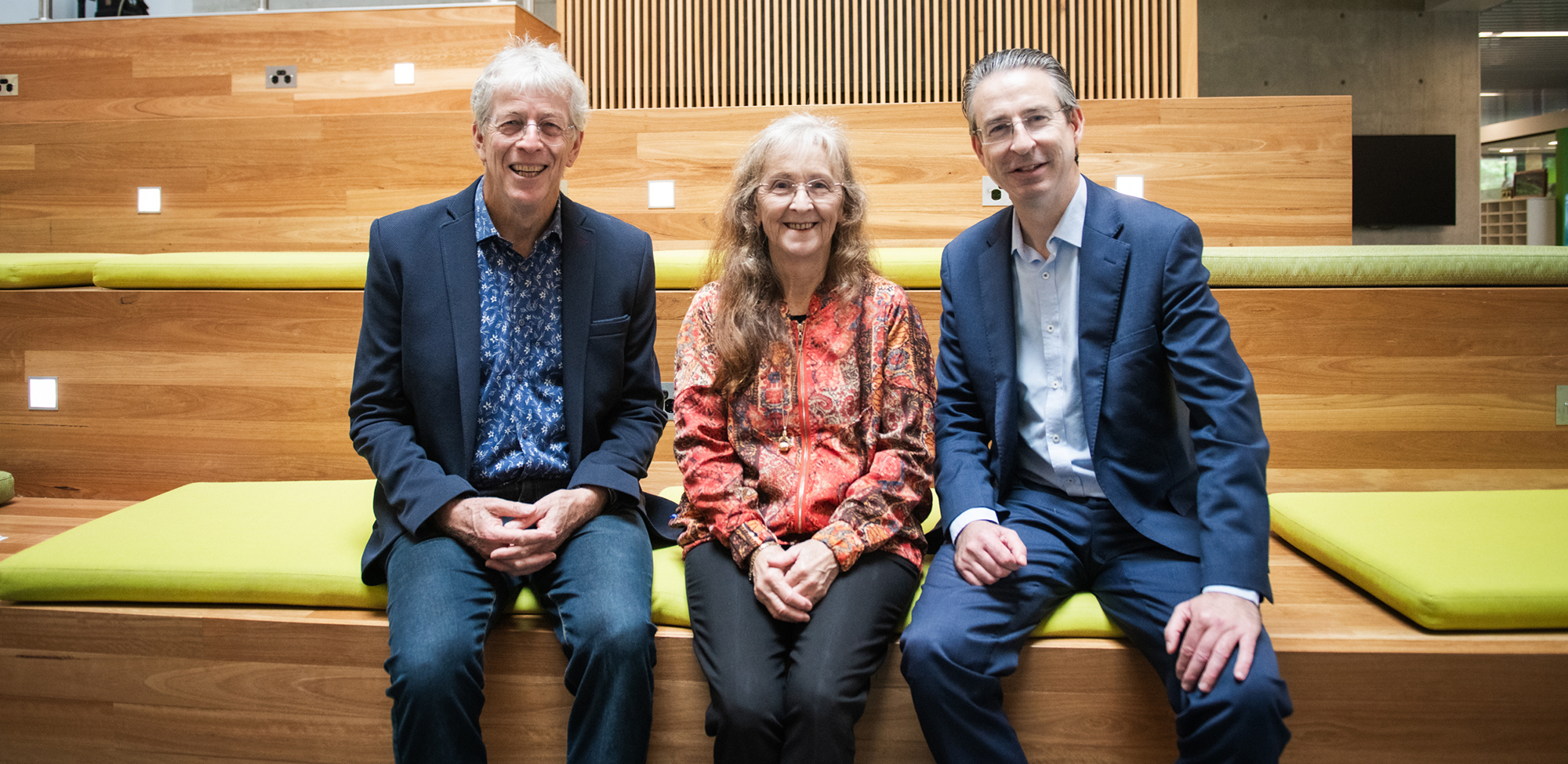The Climate Change Authority has today released a paper outlining the way forward for Australia to maintain its prosperity and economic growth: by viewing reducing emissions not as a cost but as a source of competitive advantage.
“As an open trading economy and net importer of capital, the decisions of those we export to, and those who invest in Australia, are critical. With almost 130 countries aiming for net zero emissions by mid-century, financial markets are looking to invest in the transition to a resilient net zero economy”, said Brad Archer CEO of the Climate Change Authority.
“To be competitive as the world decarbonises, we need to lower emissions in all sectors of the economy as quickly as we can.”
“With Australia’s most significant material exports – fossil fuels, minerals and agriculture – having high emissions or energy intensity in their production and/or when they are used at their final destination, there is a growing competitiveness risk for Australia. As countries raise their emissions reduction targets; foreign investors are looking for low carbon investment opportunities and customers for our exports are seeking low and zero emission alternatives,” Mr Archer said.
The Climate Change Authority’s latest paper, Paris Plus: From cost to competitive advantage outlines the key insights from its recent research, sets out the Authority’s strategic framework for actions to address the challenges of climate change and the enablers governments can pursue to support those actions.
This paper will be followed by a, soon to be published, analysis of global low emissions trade and investment trends, that indicates that investors and consumers are setting their own targets and increasingly favouring low emissions products.
“Drawing on our analysis and interpretation of low emissions trade and investment trends, there are five key insights for positioning Australia for competitive advantage in a net zero world:
1. We need to produce the cleanest exports at the lowest cost to succeed in overseas markets as the world shifts towards net zero emissions.
2. We should take every commercially viable opportunity to mitigate and sequester emissions as fast and efficiently as possible.
3. Policy choices and investment decisions should be based on information about our competitors, supply chains and the factors that contribute to Australia’s competitive advantage.
4. Australia should be deeply embedded in international climate change rule-making.
5. Well-functioning global markets will accelerate, smooth and lower the cost of achieving net zero emissions.
“If Australia does these things well, the economic benefits of our emissions reduction efforts will follow,” Mr Archer said. “The challenge is for every sector to contribute, whereas progress to date has largely been concentrated in land clearing and electricity generation.”
Paris Plus recommends prioritising work to ensure Australia can set increasingly ambitious emissions reduction goals that address all sectors of the economy and policies backed by a strong evidence base:
· Identifying the optimal decarbonisation trajectory for electricity generation, given the fundamental importance of clean energy to achieving emissions reductions in other sectors.
· Better understanding the biological and geological sequestration potential of the Australian landmass.
· Assessing the ‘net zero preparedness’ of our high emitting industries.
· Examining the role that different sectors of the economy can play in driving towards net zero emissions, in terms of the quantity and timing of abatement and jobs.
· Revisiting and identifying solutions for the barriers to the take-up of zero- and low-cost abatement opportunities.
“With Australia likely on track to meet and exceed its 2030 emissions reduction target, we can turn our minds to increasing ambition and getting on a trajectory to achieve net zero emissions as soon as possible,” Mr Archer said.
“The Climate Change Authority is building the evidence base for Australia’s next Paris Agreement target, which is due to be submitted in 2025.”








